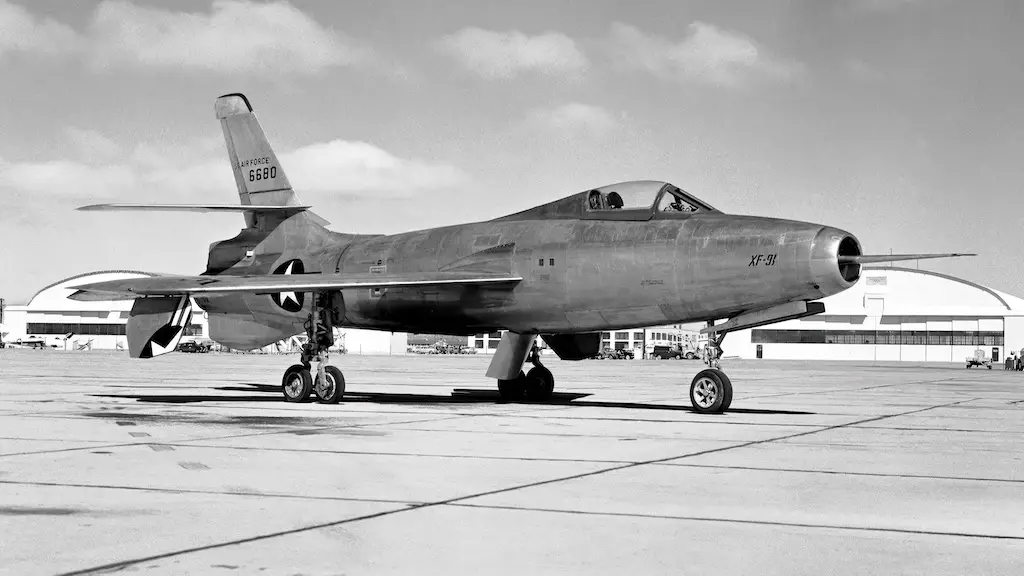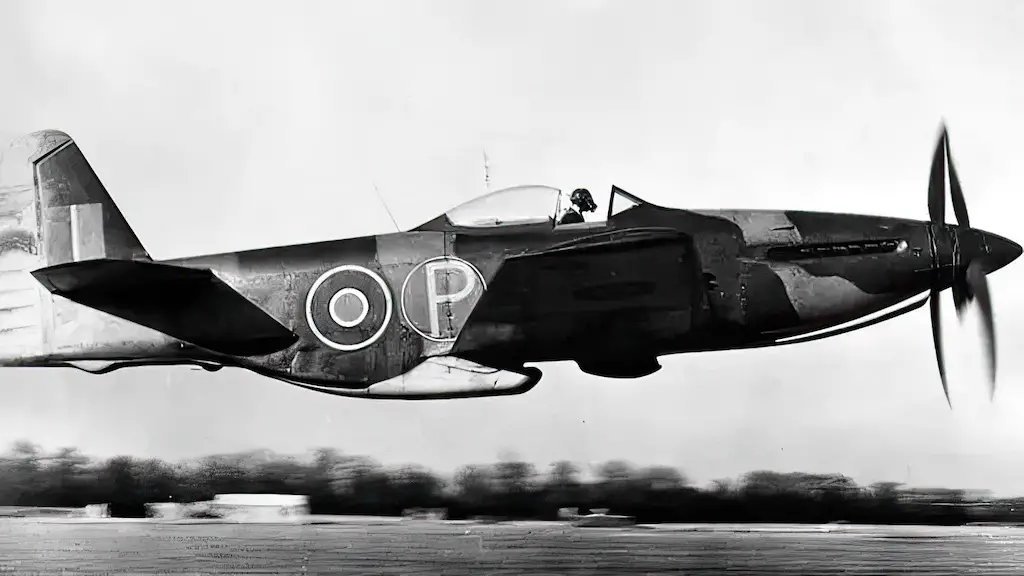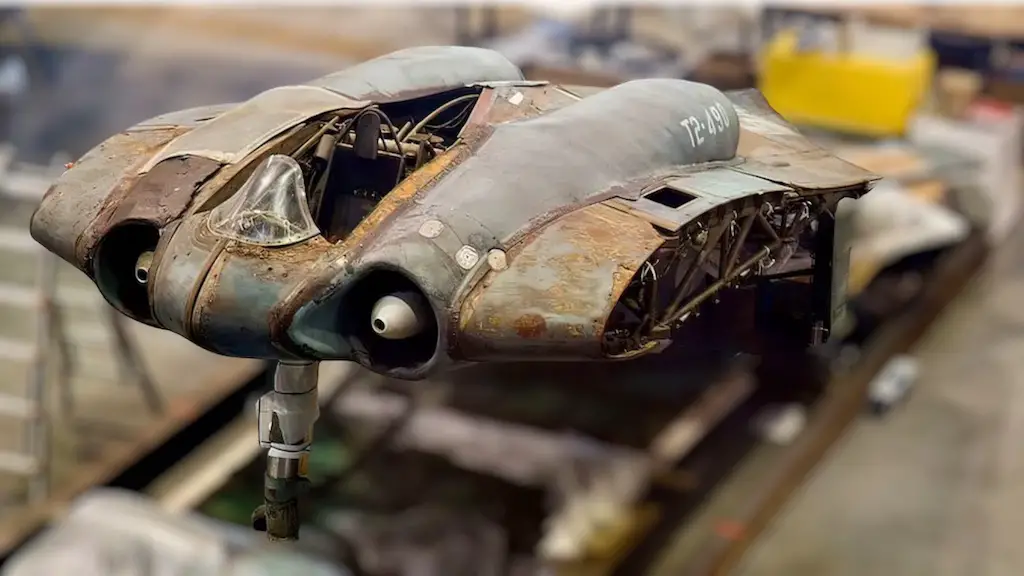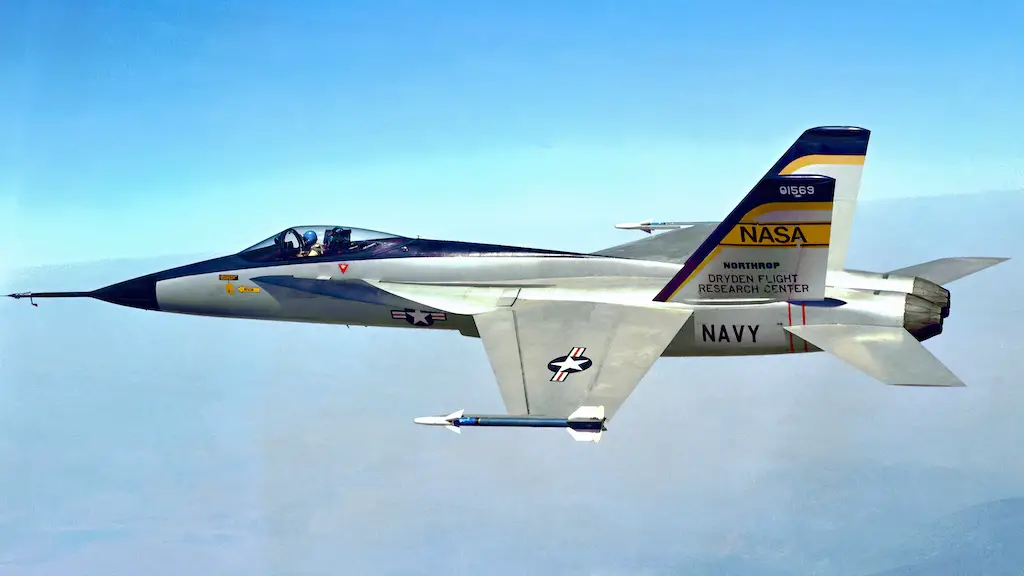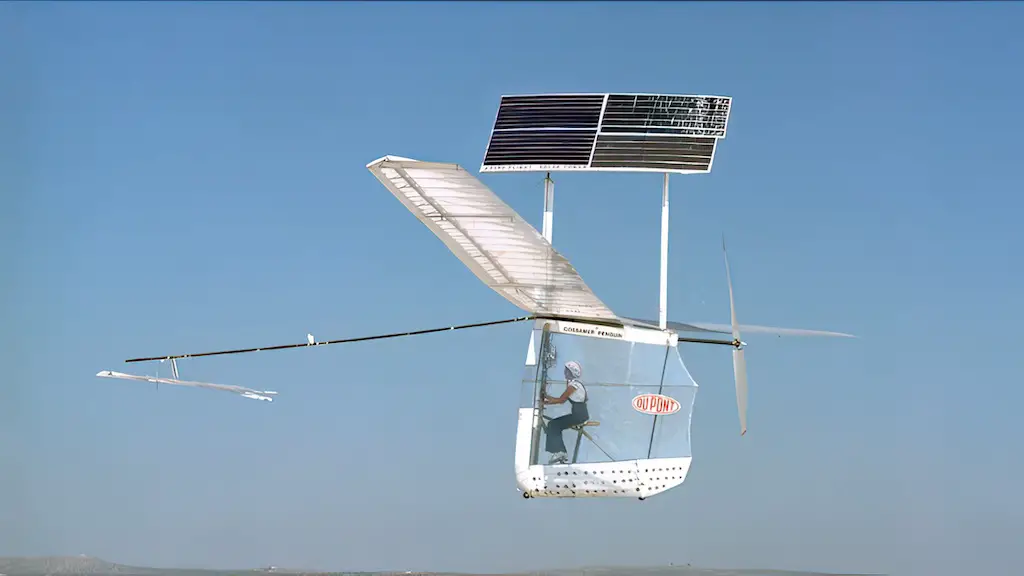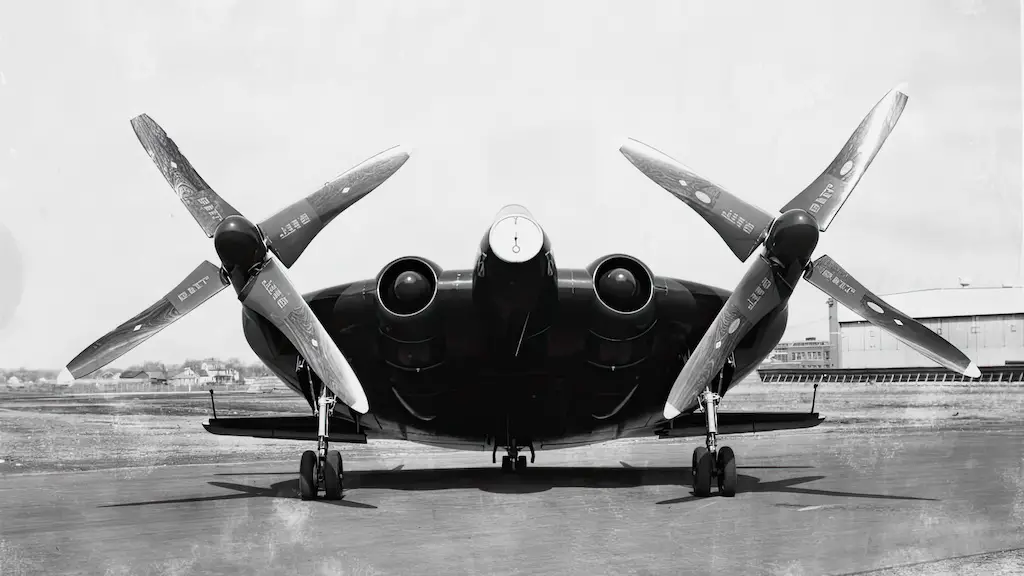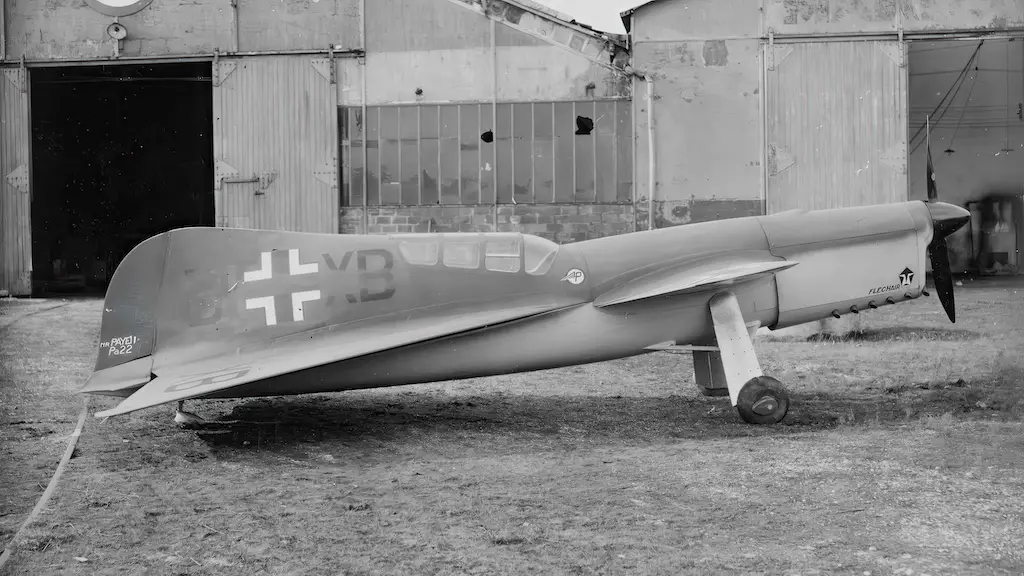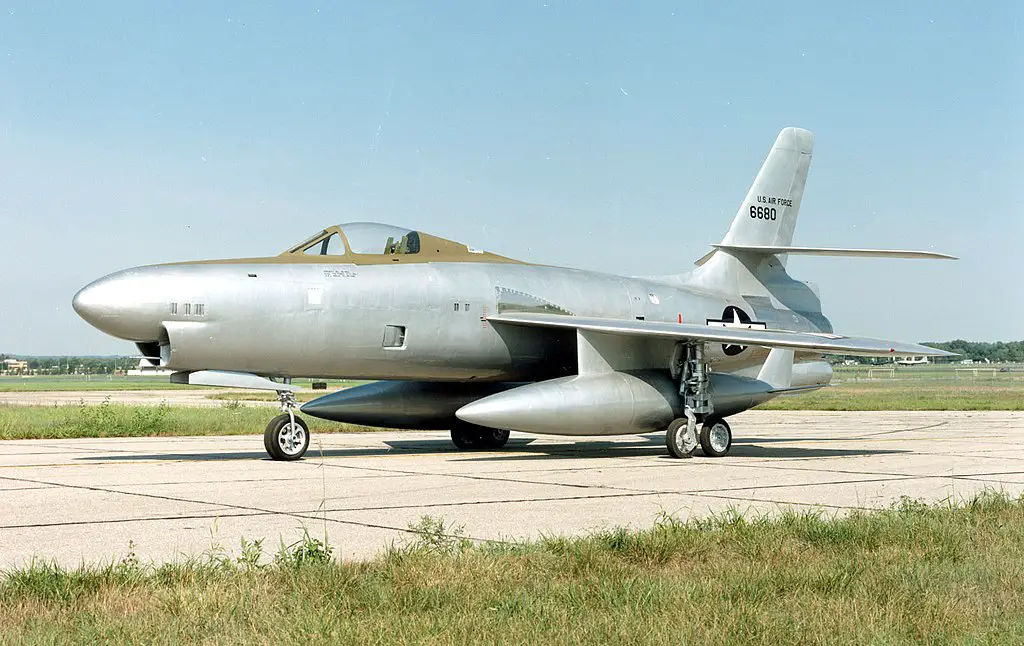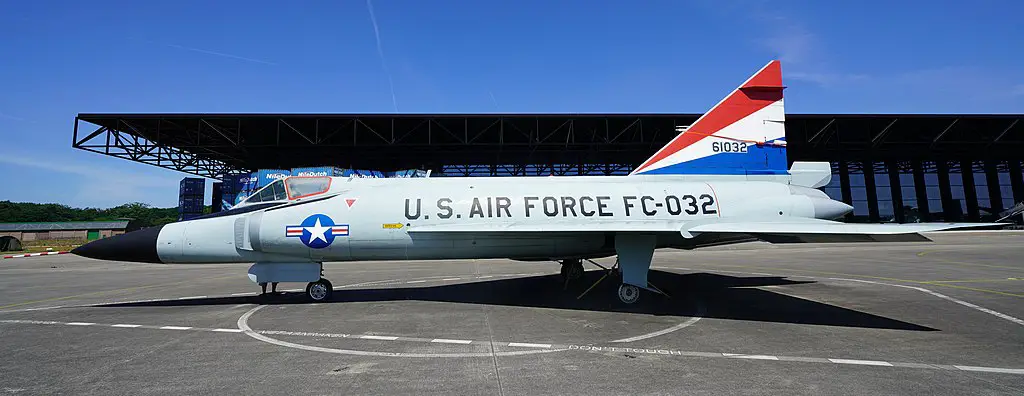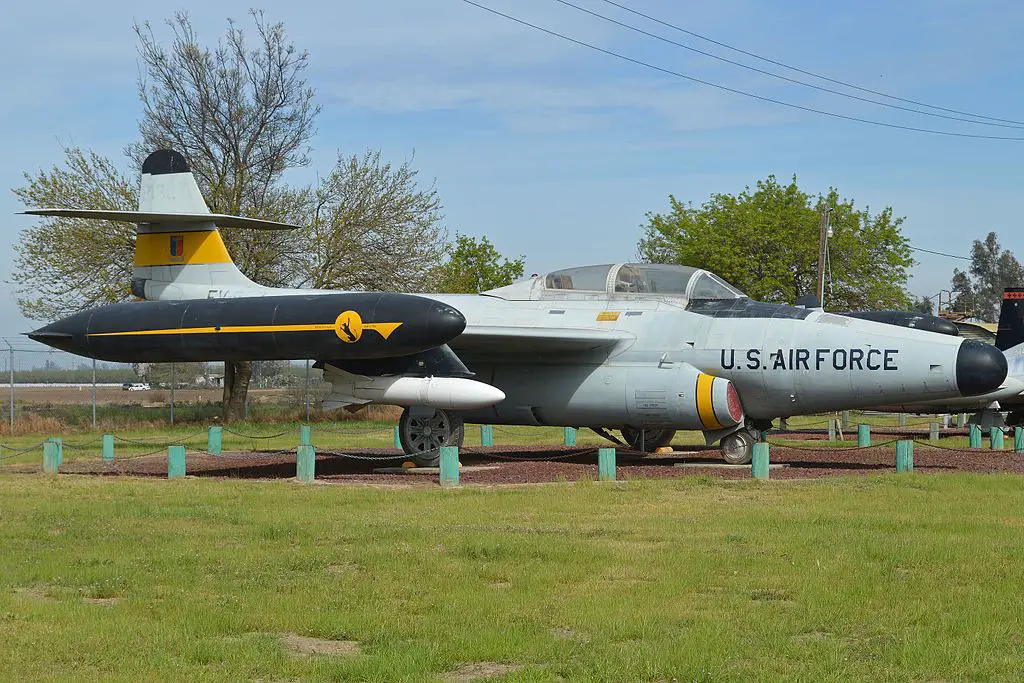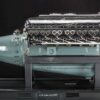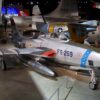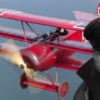The Republic XF-91 Thunderceptor, an ambitious aircraft project, aimed to revolutionize the interceptor landscape during the early stages of the Cold War. Republic Aviation designed and manufactured the Thunderceptor as a rapid-response interceptor, capable of reaching high altitudes to counter potential threats from Soviet bombers. Despite its innovative design, the XF-91 ultimately failed to live up to its promise. However, the project left a legacy that influenced future aircraft design and engineering.
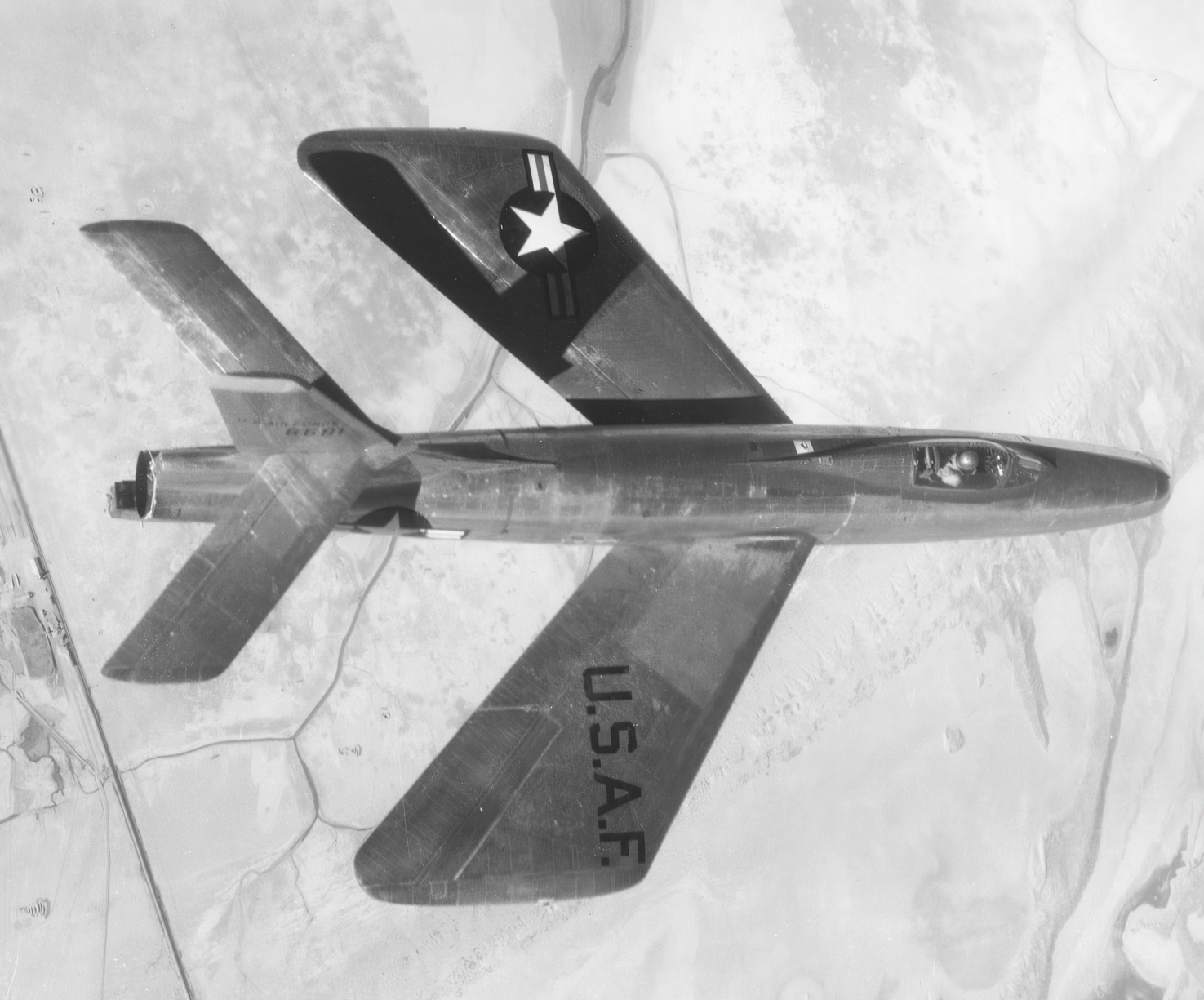
In 1946, the United States Army Air Forces (USAAF) initiated the development of the XF-91 by issuing a request for an interceptor capable of reaching high altitudes and speeds to respond to potential threats from Soviet bombers. Republic Aviation secured the contract with their radical and distinctive design. The Thunderceptor showcased a unique wing configuration with reverse taper, where the wingtip was wider than the root, providing increased lift and stability at high speeds. Additionally, a combination of a turbojet engine and rocket engines powered the aircraft, enabling it to reach extraordinary altitudes.
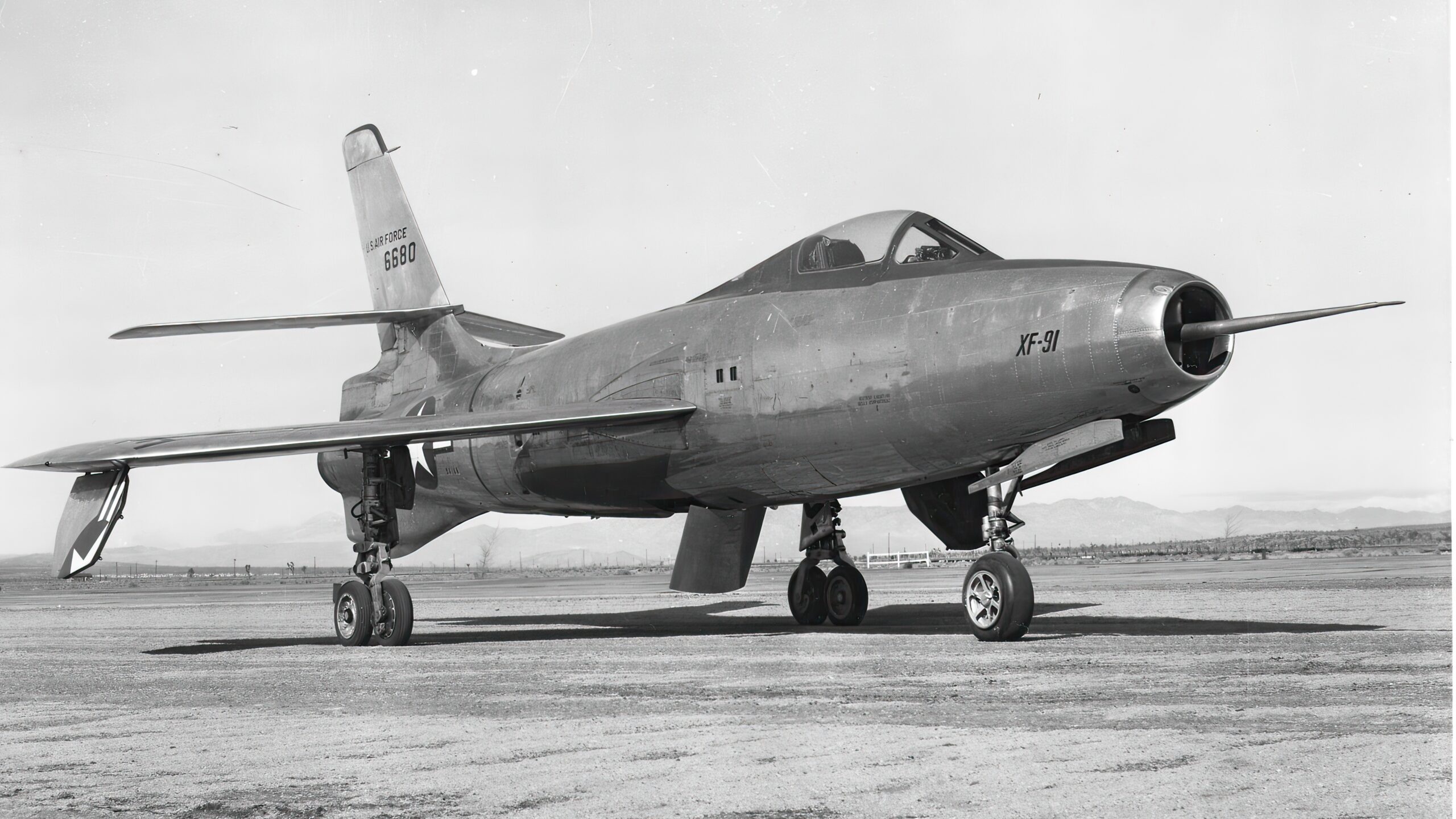
Testing and Technical Challenges
The first prototype of the XF-91, designated XP-91, was completed in 1949. Test flights commenced in 1951. The XF-91 achieved supersonic speeds, becoming the first American fighter to do so in level flight. A series of test flights were conducted to explore the aircraft’s performance envelope and push it to its limits.
Despite these impressive achievements, the XF-91 was plagued by a series of technical problems and delays. The aircraft’s unique wing configuration, while providing several advantages, also led to handling difficulties and stability issues at high speeds. The hybrid power plant, utilizing both a turbojet engine and rocket engines, proved to be complex and unreliable. Additionally, the development of the XF-91 was in competition with other interceptor projects, such as the Convair F-102 Delta Dagger and the Northrop F-89 Scorpion, which were more conventional in design and showed greater promise.
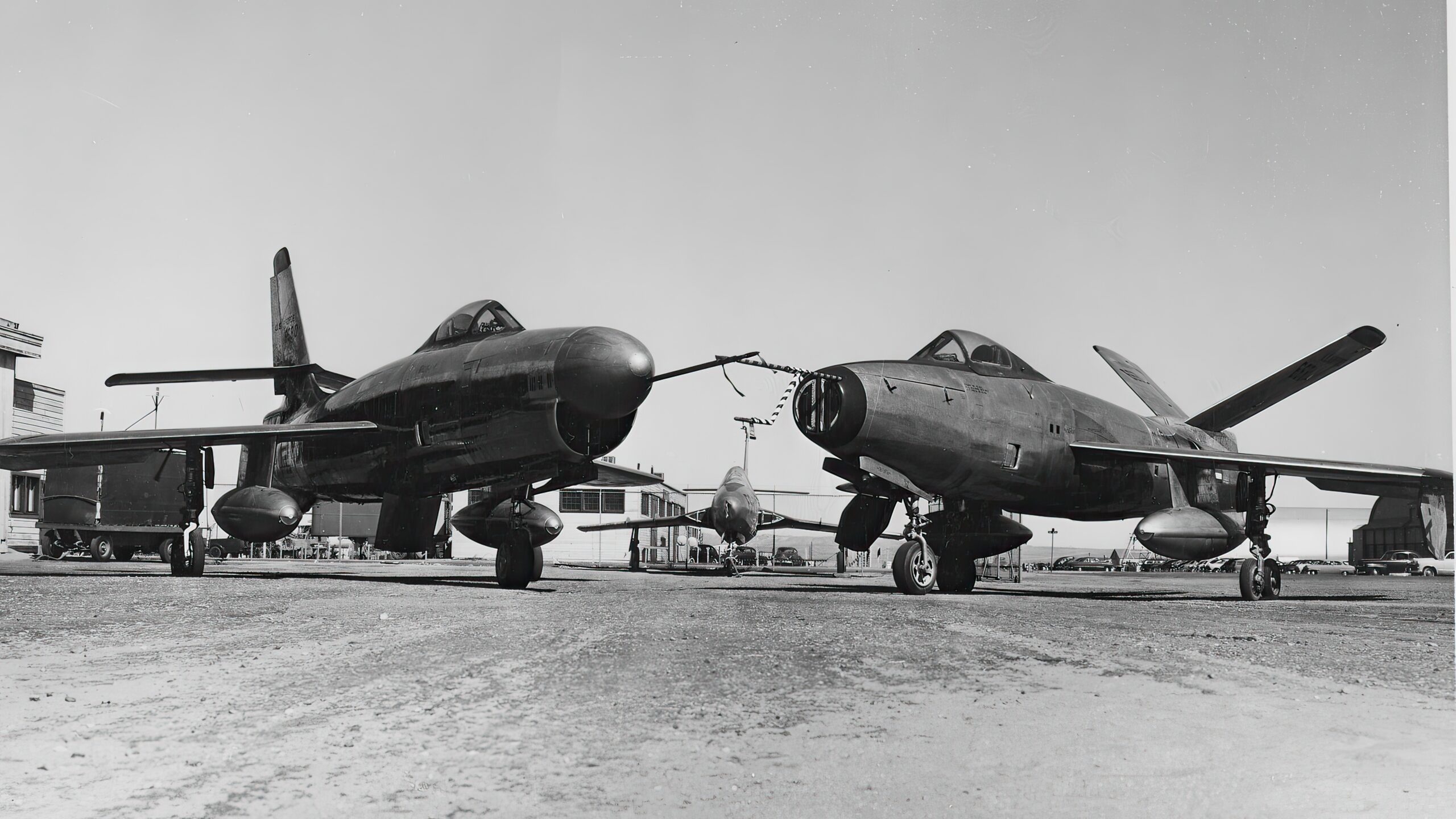
Legacy of the XF-91 Thunderceptor and its Impact on Aircraft Design
By the mid-1950s, the United States Air Force (USAF), which had replaced the USAAF, had lost faith in the XF-91 project. The program was officially canceled in 1956, leaving only two completed prototypes. The reasons for the project’s failure were numerous, including the technical challenges of the unique design, competition from other interceptor projects, and rapid advancements in aviation technology that rendered the XF-91 obsolete before it could be fully developed.
Although the Republic XF-91 Thunderceptor never entered operational service, its legacy lives on in the lessons it provided to aircraft designers and engineers. The innovative wing configuration and hybrid propulsion system demonstrated both the potential and challenges of these concepts, leading to further research and development in subsequent aircraft designs.
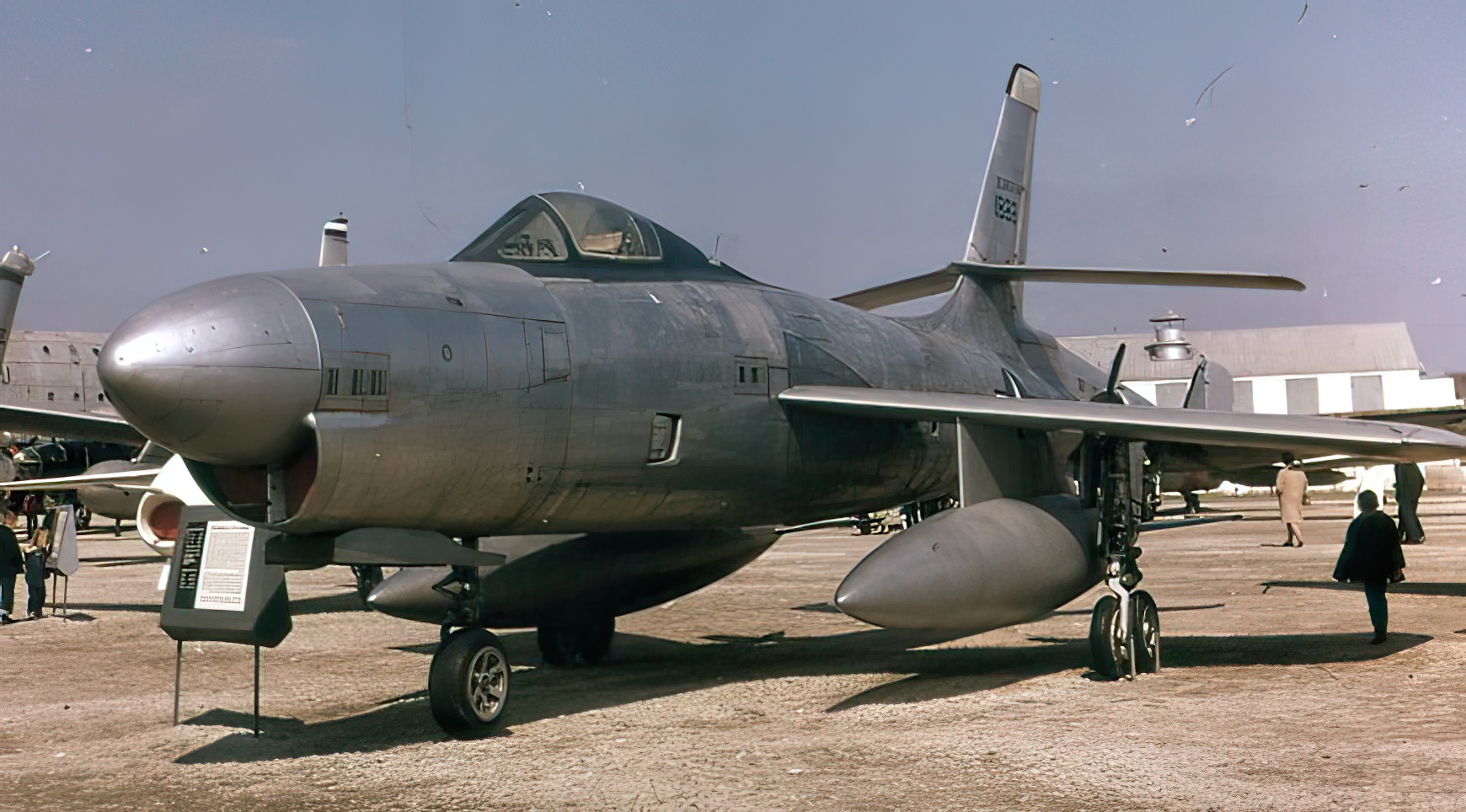
The Republic XF-91 Thunderceptor was a bold and innovative project that aimed to redefine interceptor capabilities during the early Cold War era. Despite its groundbreaking achievements in supersonic flight, the project was ultimately canceled due to technical difficulties and competition from other interceptor programs. However, the lessons learned from the XF-91’s development continue to influence aircraft design and engineering, ensuring that the Thunderceptors legacy endures in the annals of aviation history.

